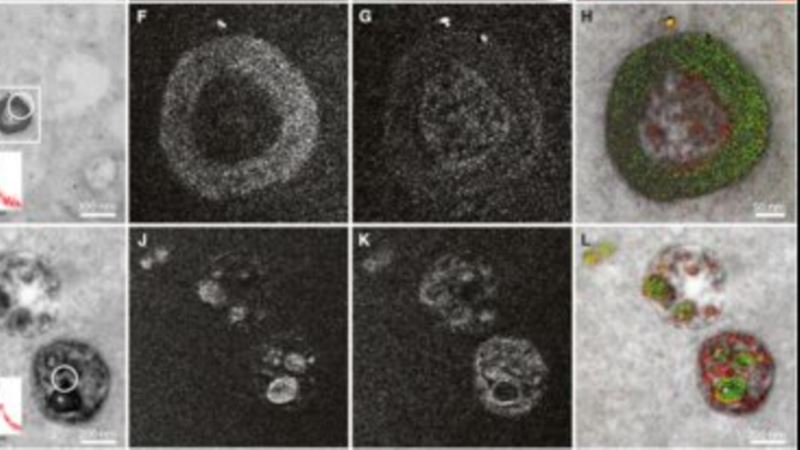Many baby boomers still remember the excitement of watching color television for the first time. The colors were not exactly life-like, but the sky was blue, the grass was green, and you could tell whether a famous actress' shoes matched her dress. One can only imagine how excited scientists at the University of California, San Diego were when, after 15 years of research, they finally produced the first color image from an electron microscope. Electron microscopes are large laboratory instruments that use accelerated electronic beams to reach magnification of several million times. They enable scientists to study viruses, molecules and even atoms. But their drawback is that they produce only black and white images. By layering rare earth metals over a sample of a cell, scientists at UCSD were able to create a three-color image of proteins penetrating the cell's membrane. The colors are not natural, but they still help to highlight the features, making it easier to detect different molecules. Researchers say they may be able to add even more colors. Results of the discovery were published in the online magazine Cell Chemical Biology.
Scientists Bring Color to Electron Microscope Images






